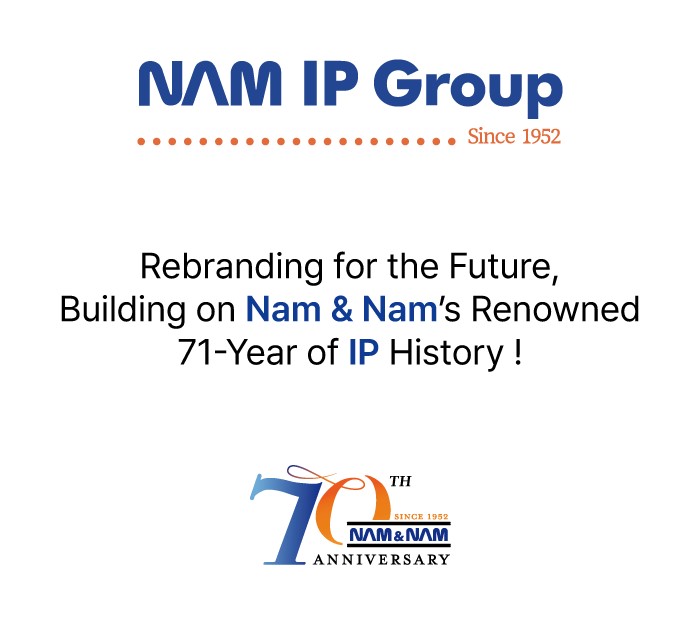Toward “K-Discovery”? Discovery Reform under South Korea’s New Administration and Its Implications for Patent Litigation
Discovery reform in South Korea has attracted growing attention in recent years—especially in the context of patent and trade secret disputes, where plaintiffs often struggle to access internal evidence critical to proving their claims. The absence of a general discovery framework is widely seen as a gap in Korea’s IP enforcement regime.
During his campaign, the country’s newly elected president pledged to introduce a “Korean-style discovery system” as part of his judicial reform agenda. Now, with the new administration in place and relevant bills already on the table, the groundwork appears set for change that could reshape the contours of litigation in Korea.
▒ Background
South Korea does not maintain a general pretrial discovery system akin to that of the United States. Whereas U.S. litigation features broad, adversarial, and largely party-driven discovery procedures, Korean civil litigation is tightly court-controlled, with limited mechanisms for evidence collection.
These differences in procedural approach have meaningful implications for IP enforcement. In patent litigation, for instance, plaintiffs—despite bearing the burden of proving both infringement and damages—have few procedural tools to compel disclosure of internal materials such as technical schematics or manufacturing data. As a result, evidentiary asymmetries between plaintiffs and defendants are common, particularly in method-claim or trade-secret disputes where critical evidence is solely in the hands of the alleged infringer.
Certain provisions in the Korean Patent Act are designed to alleviate the evidentiary burden on plaintiffs. Notably, a 2019 amendment introduced a new article requiring defendants to disclose relevant records when infringement is plausibly alleged, or risk having the allegations deemed established. However, as with similar provisions, courts retain wide discretion and remain cautious in exercising it, limiting the practical impact of these measures.
▒ Growing Institutional and Political Momentum
Against this backdrop, calls for a more structured and proactive discovery system have continued to gain momentum, supported by years of institutional engagement by the Korean Intellectual Property Office (KIPO), the judiciary, and the legislature. A comprehensive 2023 report by the National Assembly Research Service (NARS), for instance, emphasized the need for discovery reform—while also cautioning that any Korean-style system must remain under judicial control and align with Korea’s civil law tradition.
This issue was picked up in the recent presidential campaign. President Lee Jae Myung identified discovery as a key tool to combat technology theft and strengthen IP enforcement, pledging to introduce reforms aimed at addressing evidentiary asymmetries by enabling parties to effectively compel disclosure of relevant materials. This commitment was mentioned in his “Top 10 Key Policy Pledges” submitted to the National Election Commission, under the broader objective of restoring procedural fairness and advancing judicial reform.
In this context, two significant discovery-related bills have already been introduced by the ruling Democratic Party—one in August 2024 and one in April 2025. Both propose amendments to the Civil Procedure Act and are currently pending before the National Assembly.
▒ Key Features of the Proposed K-Discovery System
Based on the pending bills, the president’s campaign platform, and the prevailing discussions, the emerging contours of a Korean-style discovery system are likely to include:
● Strengthened court-ordered document production: Expanded authority for courts to compel production of relevant materials, with enforceable sanctions for unjustified non-compliance.
● Court-appointed expert inspections: Authority for courts to designate neutral experts to conduct on-site investigations, particularly where documentary evidence is impractical.
● Pre-trial witness examinations: Procedures for early-stage witness testimony and evidence preservation to clarify key facts ahead of trial.
● Protective orders and confidentiality safeguards: Authority for courts to conduct closed hearings or limit access to sensitive materials in cases involving trade secrets, balancing disclosure needs with confidentiality.
Given the legislative alignment and lack of political opposition on this issue, these reforms appear poised to move forward.
▒ Implications for Patent Enforcement
If enacted, these reforms could materially improve plaintiffs’ access to key evidence, significantly altering the patent litigation landscape. They would enable:
● Access to internal sales and production data critical for calculating damages.
● Inspection of manufacturing facilities or servers to confirm infringement.
● Pre-trial witness examination to clarify issues of control, knowledge, or willfulness.
● Greater leverage in settlement negotiations, backed by enforceable procedural rights.
Taken together with recent substantive developments—such as the introduction of enhanced punitive damages for willful patent infringement (up to five times actual damages)—a more effective discovery regime would represent a significant procedural advance and enhance Korea’s standing as a forum for patent disputes.

